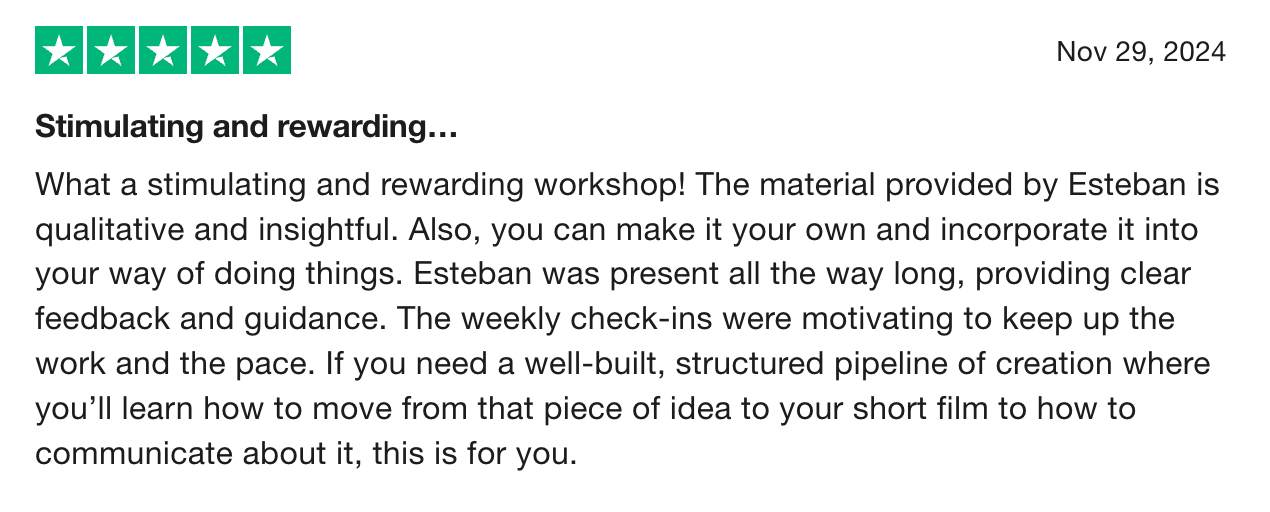I’ve always valued long, deep work sessions when learning Motion Design.
Immersing myself in a project for hours has helped me discover new ideas, explore tools in depth, and push my creative limits. 🔭
But the reality is, most of us don’t have that kind of time every day. When you’re working full-time or juggling multiple responsibilities, finding hours to study can feel impossible.
✳️ That’s where spaced learning comes in. Instead of cramming long study sessions, research: (this paper) shows that short, well-distributed learning sessions lead to better retention and long-term improvement.
In this episode, I break down how this applies to Motion Design and how you can make progress even if you only have a few hours a week.
Let’s dive right in 🏊🏻♂️
Oh wait! One thing.
So, last year, I did a workshop on finishing a personal project within 6 weeks. Around 13 participants spent these weeks working on it. It' was called the Motion Workout.
As Welid did, amazing Motion Designer from France, which said this:
So, I’m planning to run it again. Now in two possible versions:
One that has the content you need to start nailing that personal projects you have been delaying for a while.
One that apart from the content, you have the 6 weeks group-based accountability. And feedback on your tasks. Apart from me annoying you each week to know what you have been up to 😊
P.S. This doesn’t have content based on the technical aspects of motion, but is about organizing under a busy life, how to hold accountable of yourself and plan your weeks to keep progressing.
So, if you are interested in be on the list to get an email with more info (probably this week) comment below.
Now, onto the podcast:
Links Mentioned!
Mat Voyce Behance (with his explorations)
Timecodes & Key Takeaways:
Introduction
Why I started thinking about the best way to learn Motion Design with limited time
The tension between deep work and short, spread-out learning sessions
(02:24) – The difference between cramming vs. spaced learning
The psychology of learning: why cramming feels productive but leads to fast forgetting
How research shows spaced learning improves retention and skill development
My personal experience with both approaches
(04:45) – Applying spaced learning to Motion Design
Breaking learning into short, focused sessions
The importance of repetition and revisiting concepts over time
The 70/30 rule: spend 70% of your time applying what you learn, not just watching tutorials
(08:15) – Why Motion Designers should think like athletes
The link between sports training and skill-building in creative fields
Why rest is as important as practice
How short, structured sessions build long-term creative reflexes
(12:00) – A simple 3-step system to learn Motion Design consistently
Map out your available time – Identify when you can realistically study in a week
Set a small, achievable challenge – Example: Animate a simple loop instead of trying to create a full scene
Review and adjust each week – What worked? What needs to change?
(16:45) – Final thoughts & next steps
Why small, consistent practice leads to bigger breakthroughs over time
How to balance deep work and spaced learning
My challenge for you: try this system for a month and see how your learning improves
Do you usually cram or spread out your learning? Reply below or to this email 📧













Share this post